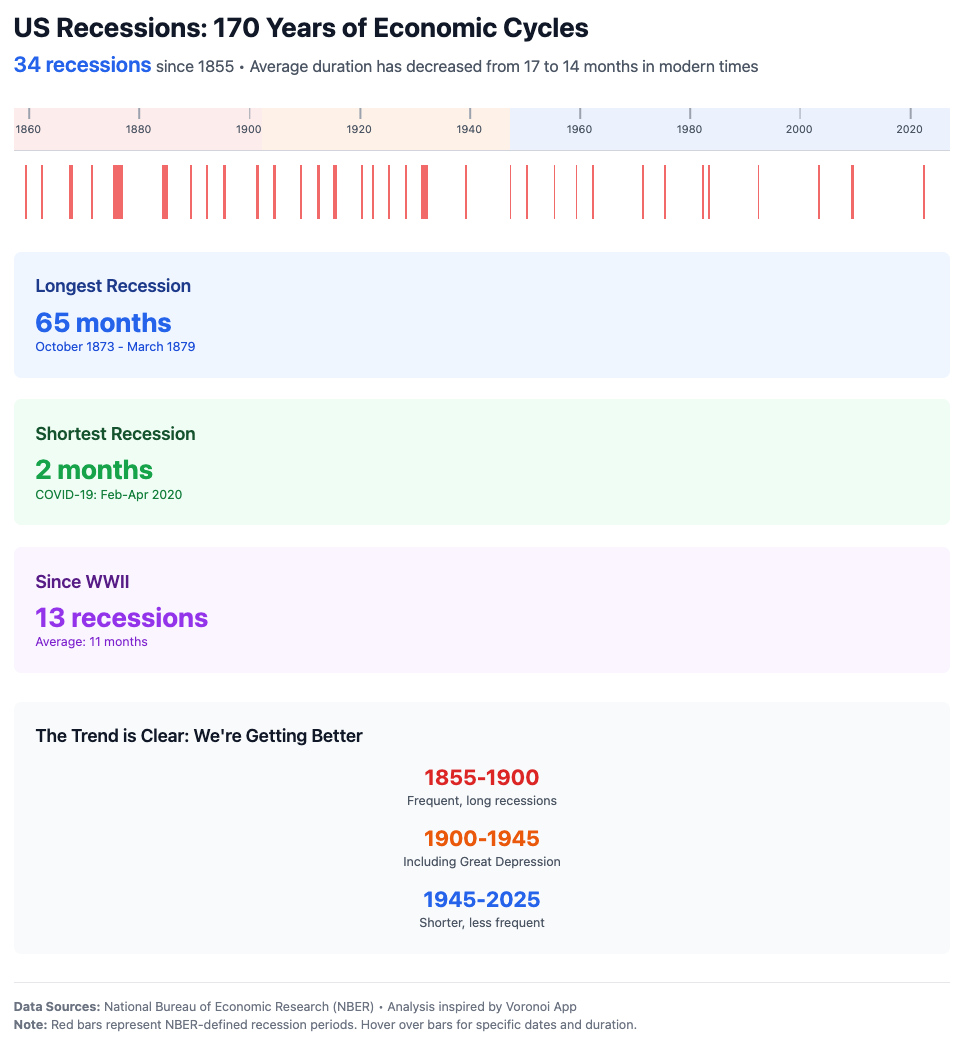Tax-loss harvesting 101
- Anatoly Iofe

- Dec 26, 2023
- 3 min read

.
Tax-loss harvesting is a savvy financial maneuver where you sell investments that haven’t performed well, turning a potential negative into a positive by reducing your tax bill. It’s a strategy akin to making the best out of a not-so-great situation. It involves selling poorly performing securities to realize capital losses that can offset any realized capital gains on other profitable securities sold in the same tax year. Let’s dive deeper into the nuances of this strategy:
Understanding Realized and Unrealized Gains/Losses:
There are two types of gains or losses in the world of investing – realized and unrealized. If your investment's current market value is higher than what you initially paid but you haven't sold it, that’s an unrealized gain. It’s only on paper. The moment you sell, this gain (or loss, if it’s worth less) becomes realized, and that’s when it matters for tax purposes.
The Heart of the Strategy:
Tax-loss harvesting is all about being strategic with your portfolio. Scrutinize your investments to identify those that have decreased in value. By selling these underperforming assets, you can offset the taxes on the profits from your successful investments. It’s a delicate balancing act that requires careful consideration and timing.
Beyond Stocks:
This tactic isn’t limited to just stock holdings. It’s applicable to a range of investment types including bonds, options, Exchange-Traded Funds (ETFs), and mutual funds. Mutual fund managers often employ tax-loss harvesting within the funds they manage, benefiting investors by offsetting the capital gains generated by the fund.
Navigating the Wash Sale Rule:
The IRS's wash sale rule is a critical consideration in tax-loss harvesting. It prevents you from claiming a tax deduction on a loss if you repurchase the same or a substantially identical security within 30 days of the sale. This rule is designed to prevent investors from artificially creating tax deductions while essentially maintaining the same investment position.
ETF Strategy and the Wash Sale Rule:
For those invested in ETFs, there’s a potential workaround to the wash sale rule. You might be able to sell one ETF at a loss and then promptly invest in a different ETF that tracks the same index, thus maintaining your market position without falling foul of the rule.
Consulting Experts:
It’s highly advisable to seek guidance from a qualified financial or tax advisor. They can provide personalized advice and help navigate the complexities of tax-loss harvesting, ensuring compliance with all applicable rules and regulations.
Annual Loss Limits and Benefits:
The IRS allows investors to use up to $3,000 of net capital losses each year to offset ordinary income. For married couples filing separately, this limit is halved to $1,500. If your net losses exceed these limits, you can carry them forward into future tax years, providing an ongoing opportunity to reduce taxable income.
Deadline for 2023:
Timing plays a crucial role in tax-loss harvesting. For the tax year 2023, the last day to execute trades that can be counted for that year's taxes is Wednesday, December 27th. This is due to the trade settlement period, which typically takes two business days (T+2).
Advantages and Limitations:
Tax-loss harvesting comes with several benefits, like offsetting capital gains on a dollar-for-dollar basis, potentially reducing regular income tax, and the ability to carry forward any unused losses into future tax years. However, it’s important to be aware of its limitations, such as the $3,000 annual limit beyond realized capital gains and the prohibition on repurchasing the same or substantially similar security within a 30-day window post-sale.
For instance, imagine an investor realizing $55,000 in long-term capital gains from selling two different stocks. If they then sell two other stocks at a loss (one at $25,000 and another at $40,000), they can effectively neutralize the $55,000 gain. In addition, they can reduce their taxable income by another $3,000, with $7,000 of net losses carried forward to the next tax year. This example illustrates how tax-loss harvesting can be a powerful tool in an investor’s arsenal, allowing for smarter, more tax-efficient investment management.
Have questions, schedule your no-obligation consultation here.
Sources:
Disclaimer:
Information provided is for informational purposes only, and does not constitute an offer or solicitation to sell, a solicitation of an offer to buy, any security or any other product or service. Accordingly, this document does not constitute investment advice or counsel or solicitation for investment in any security. The information in this material is not intended as tax or legal advice. Please consult legal or tax professionals for specific information regarding your individual situation.




